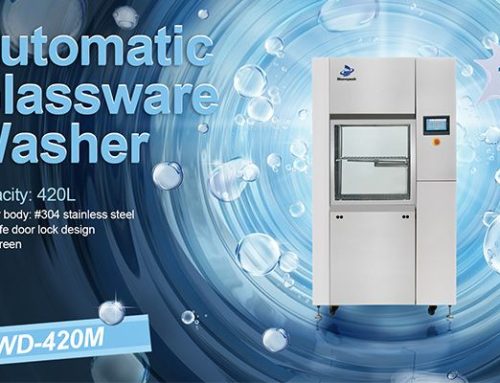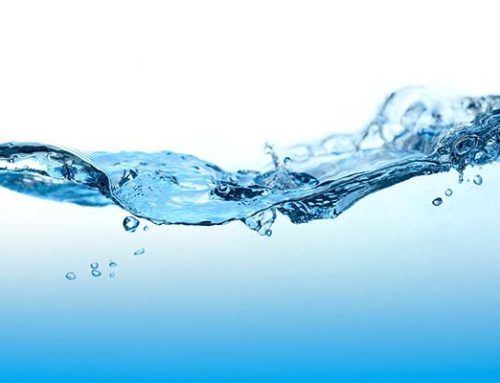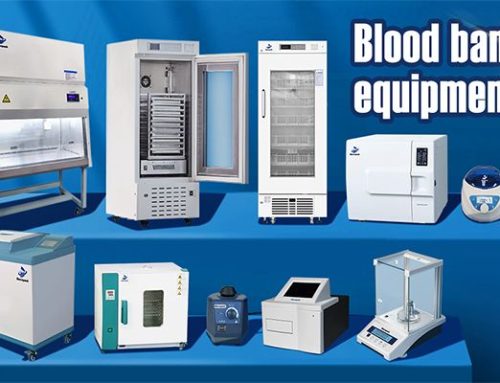Freeze drying, also known as lyophilization, is widely used in the pharmaceutical industry. The process exposes a product or sample to subfreezing temperatures, then uses a high-pressure vacuum to extract the water and convert it to steam. A condenser is used to collect the vapor, convert it to ice crystals and remove it. After the initial freeze-drying phase, the product or sample is gradually raised in temperature to extract any “bound” moisture.
Maintain chemical and physical properties
Unlike heat-based drying methods, freeze-drying uses low temperatures and a process called sublimation and desorption to extract water. This does not affect chemical or physical properties and retains biological activity. This preservation technique is ideal for the pharmaceutical industry where many products and specimens are fragile, unstable and heat sensitive.
After the product is freeze-dried, it is suitable for long-term storage and transportation at room temperature. Adding water is all that is needed to reconstitute the product. The ability to stabilize products and extend the shelf life of drugs and medicines has made freeze drying one of the most widely used techniques in the pharmaceutical industry.
Examples of freeze-dried pharmaceuticals
Below, we look at some of the most common examples of freeze drying in the pharmaceutical industry.
antibiotic
Antibiotics are often highly sensitive to heat and other environmental factors. Freeze drying is used to stabilize antibiotics without compromising their physical structure or effectiveness.
vaccine
Vaccines are typically developed in laboratory manufacturing and then shipped around the world. Freeze-drying simplifies storage and transportation processes and has a direct impact on global public health. The scientists have successfully used this technology for liposome-based liquid vaccines and are now exploring the approach for freeze-dried mRNA-based COVID-19 vaccines.





Get Social